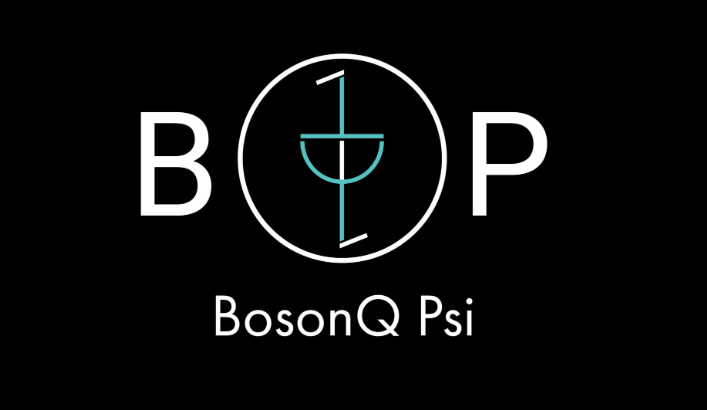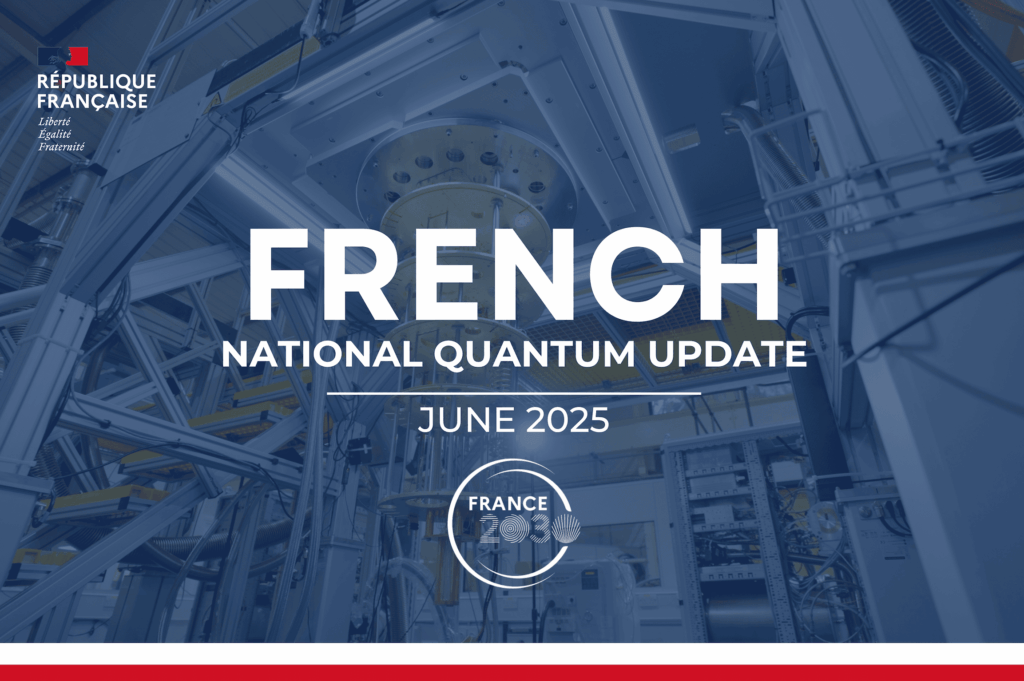Insider Brief
- BosonQ Psi’s Quantum-Inspired Design Optimization (QIDO) Solver has been validated as an effective solution for topology optimization in the aerospace and automotive industries, overcoming challenges faced by classical topology optimization methods in large-scale design problems. The study involved using the QIDO Solver to optimize airfoil structures, demonstrating its ability to efficiently handle complex design problems, such as weight minimization.
- QIDO’s quantum-inspired approach, utilizing principles like superposition and entanglement, allows for simultaneous searching of larger solution spaces, resulting in better optimization than classical methods. This technology reduces the number of iterations and computing resources needed for topology optimization, offering more accurate and cost-effective solutions for airfoil structures in aircraft and automobiles.
- The research highlighted the potential of QIDO Solver to dramatically improve aircraft and automobile performance and safety. Traditional topology optimization problems are typically solved using finite element analysis, but the QIDO Solver can handle complex design problems, such as minimization of the total weight of the structure, and finds global minima for obtaining optimal airfoil designs. This has implications for reducing manufacturing costs and enhancing efficiency in advanced aircraft and automobile airfoil structures.
RESEARCH NEWS— Buffalo, NY/November 15, 2023 — Design optimization finds the optimal material layout of a given structure by rearranging the material within the domain. It is classified into size, shape, and topology optimization based on the problem’s complexity. Topology optimization plays a significant role in achieving safer and more efficient designs for the aerospace and automotive industries. Different aircraft and automobile wing structures can be obtained with next-generation additive manufacturing technologies, departing from traditional rib-spar wing constructions. However, traditional topology optimization methods need to be revised when applied to aerospace structures due to their large-scale design problems.
This article will discuss the topology optimization capabilities of the Quantum-Inspired Design Optimization (QIDO) Solver, its advantages over classical methods, and the future roadmap for maximizing efficiency in advanced aircraft and automobile airfoil structures.

Figure 1: Schematic Airfoil section internal domain as design space, the outer skin as non-design space, and the wing supports are fixed.

Current Bottlenecks with the classical topology optimization techniques in Engineering Optimization:
The shape and weight of an airfoil plays a significant role in aircraft performance and safety. Topology optimization has become a priority within the aerospace and automotive industries to achieve safer and more efficient designs while reducing weight. However, computational challenges arise when dealing with high aspect-ratio wings, which require conventional density-based topology optimization methods to discretize the problem domain uniformly.
Figure 1 shows design space in blue, which is required to be discretized in the above optimization method. The complex geometry and boundary conditions turn the problem into a large-scale design optimization problem. Similarly, high aspect ratio domains of wings in aircraft or automobiles create more complex and harder-to-model design spaces [1, 2]. This limits the effectiveness of traditional classical optimization algorithms and classical computers that need an advanced solution.
Another limitation of the classical approach is that it reaches local minima instead of global minima, indicating that more efficient designs could be explored and exploited within the design process [3]. Additionally, classical optimization methods require more iterations to get optimal results for a given airfoil design, which demands more computing resources, such as GPUs and CPUs. Classical algorithms on classical computers demand more efficiency regarding the computing resources required while still delivering accuracy in topology optimization tasks.

Figure 2: The figure illustrates how, in the real world, the origin of aerodynamic forces on an airfoil section arises from the combined effects of pressure distributions and shear stress on the boundary layer.
Quantum-Inspired Approach in Design Optimization:
The Quantum-Inspired approach utilizes the principles of quantum computing, such as interference, superposition, and entanglement, to process information. By emulating these principles, the Quantum-Inspired approach allows for simultaneous searching of a larger solution space, leading to better-optimized results over classical solutions, faster convergence speed, and minimizing the usage of computing resources.
BosonQ Psi’s QIDO Solver is a Quantum-Inspired Design Optimization solver that maximizes efficiency in design engineering. QIDO’s ability to search the global optima sets it apart from traditional optimization techniques, resulting in better airfoil designs with higher performance and efficiency. The QIDO solver also significantly reduces the number of iterations required to converge to the optimal design, saving substantial simulation time. Moreover, by harnessing the power of quantum algorithms, the QIDO Solver optimizes the design using fewer computing resources, enhancing the cost-effectiveness of the design optimization process.
In the context of volume minimization of airfoil structures, the QIDO solver brings a different optimization landscape than classical methods. The low volume fraction of aerospace and automobile structures and the considerations of slenderness, buckling, and strength contribute to the complexity of optimizing low-weight, high-performance airfoil designs. By focusing on topology optimization methods, QIDO removes materials from unintended structures, meeting the demands for low-volume fraction aerospace structures, which increases the efficiency of the component.
Traditional topology optimization problems are typically solved using finite element (FE) analysis, treating each element’s presence as a design variable and aiming to find the optimal distribution of elements in the design domain [4]. This approach formulates the problem with continuous design variables, where design variables take values from 0 to 1. They produce optimal designs with fictitious elements and no clear boundary for fabricating them [4, 5].
Previous research has demonstrated that efficient topology optimization techniques can significantly enhance aircraft performance and safety. For example, Airbus’s method successfully reduced the weight of A380 components such as wingbox ribs by 10%, leading to increased stability, safety, and a 42% reduction in drag. These advancements in topology optimization have also led to cost reductions for aircraft manufacturing companies. However, for a middle-sized topology optimization problem on flexible wing structures, the number of design variables can reach up to approximately 70,000 to 100,000, making these problems incredibly complex for traditional optimization methods [2, 6].
With the QIDO (Quantum-Inspired Design Optimization) Solver from BosonQ Psi, topology optimization achieves highly optimized results for internal aircraft wing structures, improving efficiency and reducing manufacturing costs. The solver can handle complex design problems, such as minimization of the total weight of the structure, and finds global minima for obtaining optimal airfoil designs.

Figure 3: Optimal design of airfoil obtained using BQPhy’s QIDO solver
BQPhy’s topology optimization results for airfoil wings using QIDO have demonstrated remarkable outcomes. By considering the outer skin as a non-design domain, the weight of the airfoil structure can be reduced to 60% [refer to Figure 3] of its initial solid volume while maintaining its structural integrity.
Conclusion:
The QIDO presents a revolutionary approach to weight minimization in the design of airfoil structures. QIDO harnesses the principles of quantum computing and integrates them into the optimization process. This nascent methodology enables engineers to reach global minima, significantly reduces the number of iterations required, and optimizes designs using fewer computing resources. These advancements improve efficiency, reduce manufacturing costs, and the possibility of pushing the boundaries of performance and innovation in advanced aircraft and automobile airfoil structures. With QIDO, the goal of achieving safer, more efficient, and lighter designs becomes within reach for companies in the aerospace and automotive industries.
List of references:
1. Zhu, Ji-Hong, Wei-Hong Zhang, and Liang Xia. “Topology optimization in aircraft and aerospace structures design.” Archives of computational methods in engineering 23 (2016): 595–622.
2. Luis Félix, Alexandra A. Gomes2, and Afzal Suleman. “Wing Topology Optimization with Self-Weight Loading” iWorld Congress on Structural and Multidisciplinary Optimization May19, -24, 2013, Orlando,Florida, USA.
3. Stanford, Bret, and Peter Ifju. “Multi-objective topology optimization of wing skeletons for aeroelastic membrane structures.” International Journal of Micro Air Vehicles 1.1 (2009): 51–69.
4. Høghøj, Lukas C., et al. “Simultaneous shape and topology optimization of wings.” Structural and Multidisciplinary Optimization 66.5 (2023): 116.
5. Gomes, Pedro, and Rafael Palacios. “Aerodynamic-driven topology optimization of compliant airfoils.” Structural and Multidisciplinary Optimization 62 (2020): 2117–2130.
6. James, Kai. Aerostructural shape and topology optimization of aircraft wings. University of Toronto (Canada), 2012.
For more market insights, check out our latest quantum computing news here.
















